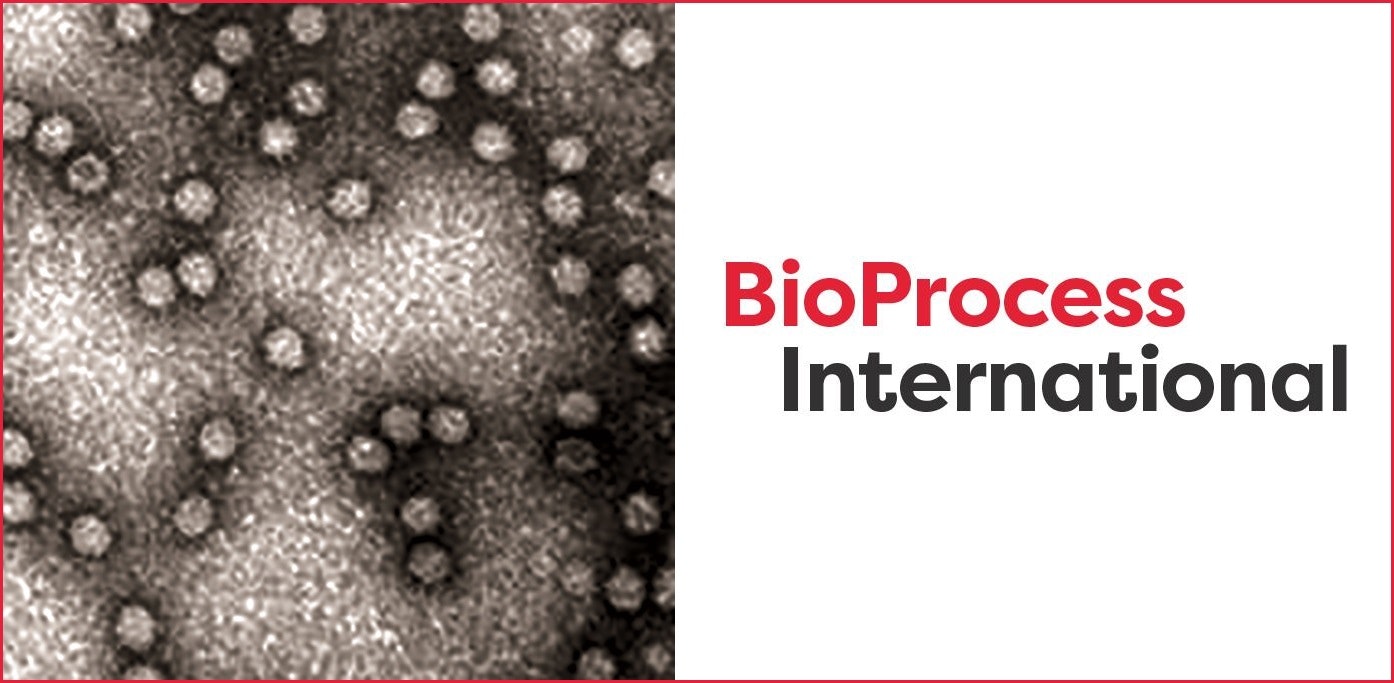Modeling virus clearance

To determine the viral-clearance efficacy of biomanufacturing steps, live mammalian viruses are “spiked” into in-process solutions, then processed and analyzed for viral reduction. Because live viruses are infectious, such “spiking studies” typically are conducted in specialized biosafety facilities. The associated costs and logistics limit viral clearance analysis during early process development and characterization.
In this deep dive from BioProcess International, authors from GSK and MockV Solutions describe the use of a noninfectious virus particle as an economical spiking surrogate. They report results from an anion-exchange design of experiments (DoE)study comparing clearance of the model with that of the live, infectious alternative.